How To Repair Pool Lights
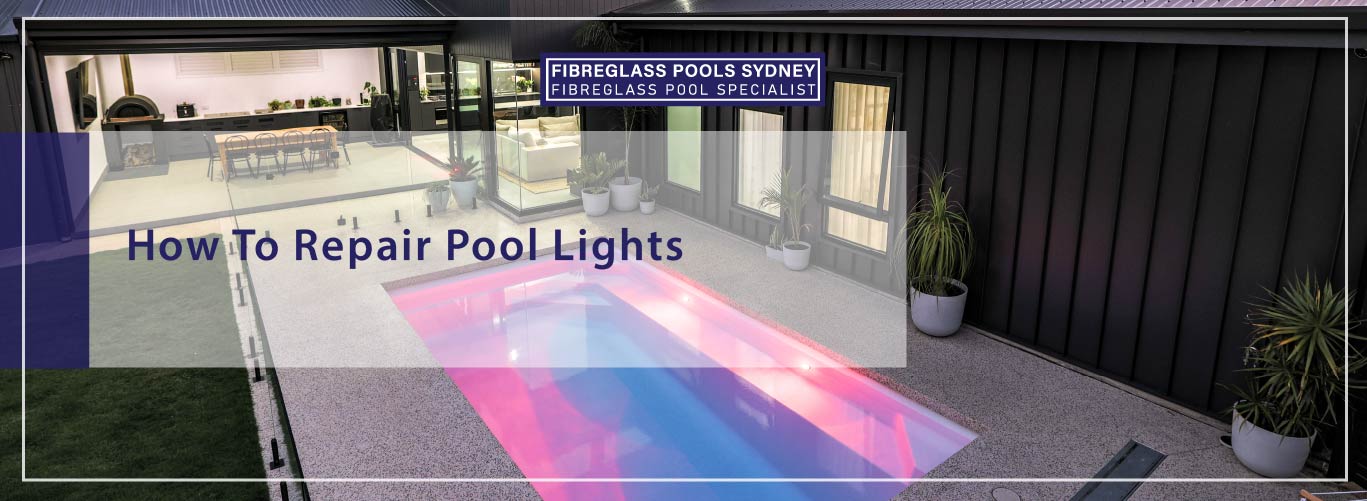
The Importance of Functional Pool Lights
Picture this: a warm summer evening, your family and friends gathered around, the calming glow of your pool lights reflecting off the water, creating a perfect ambiance. Pool lights enhance not only the safety of your pool area but also its aesthetic appeal. However, when these lights malfunction, it can turn your serene oasis into a dark, unsafe space. Ensuring that your pool lights are in perfect working condition is crucial for both safety and enjoyment. In this blog post, we’ll explore common reasons for pool light malfunctions, guide you through inspecting and diagnosing problems, and provide step-by-step instructions on repairing your pool lights.
Common Reasons for Pool Light Malfunction
Electrical Issues
One of the most frequent culprits behind pool light failure is electrical problems. These issues can range from a tripped circuit breaker to damaged wiring. Electrical components are sensitive to moisture, and any breach in sealing can cause short circuits or complete power loss to your pool lights. Regular checks on your electrical system can help identify issues before they become significant problems.
Water Damage
Water and electricity are a dangerous combination. Pool lights are designed to be water-resistant, but over time, their seals can deteriorate, allowing water to seep in. This can cause the light bulb to fail, corrode internal components, or even create a hazardous situation. Ensuring that your pool lights are properly sealed and maintained can prevent water damage and prolong their lifespan.
Age
Like all things, pool lights have a lifespan. Over time, the components inside your pool lights will wear out, leading to diminished performance or complete failure. Regularly updating or replacing older pool lights can save you from frequent repairs and ensure that your pool remains illuminated and safe.
Poor Installation
Another common issue that can lead to pool light malfunctions is improper installation. If the lights are not correctly fitted or are installed with inadequate sealing measures, they may be more susceptible to water ingress or electrical issues. Ensuring that the pool lights are installed according to the manufacturer’s guidelines and by a qualified professional can significantly reduce the risk of future malfunctions.
Bulb Burnout
Over time, light bulbs naturally lose their brightness and may eventually burn out. Continuous use, especially in conditions where the lights are frequently turned on and off, can accelerate this process. Regularly checking the status of the bulbs and replacing them as needed will help maintain proper illumination and prevent unexpected darkness during evening gatherings.
Contaminants and Debris
Accumulation of contaminants such as dirt, algae, or mineral deposits can also hinder the performance of pool lights. These substances can cloud the lens, reducing the amount of light emitted into the water and affecting the overall aesthetic. Keeping the pool area clean and ensuring that fixtures are regularly inspected for debris can help enhance visibility and prolong the life of the lighting system.
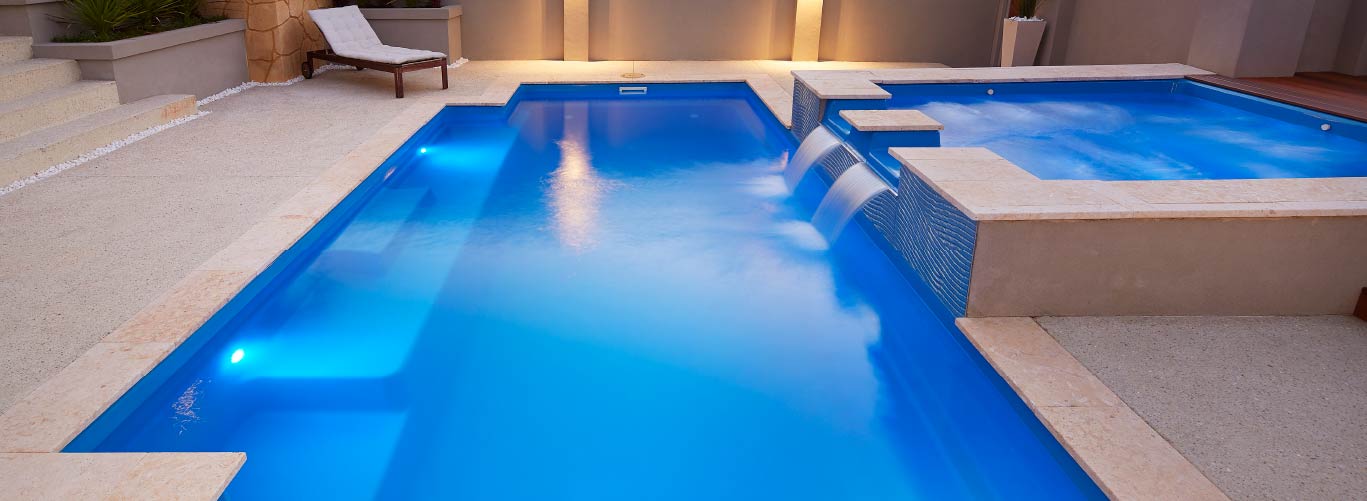
Inspecting and Diagnosing Pool Light Problems
Visual Inspection
Start with a simple visual inspection. Check for any visible signs of damage such as cracks or water inside the light fixture. Also, ensure that the light is securely mounted and that there are no loose wires or connections. A visual inspection can often reveal obvious issues that can be easily fixed.
Testing the Circuit
Safety first! Before testing the circuit, make sure to turn off the power to your pool lights at the breaker. Use a multimeter to check the voltage at the pool light’s wiring. If there’s no voltage, the problem might be with the circuit breaker or the wiring leading to the pool light. If you detect voltage, the issue is likely within the light fixture itself.
Checking the Bulb and Gasket
If the wiring seems intact, the next step is to check the light bulb and gasket. Carefully remove the light fixture from its niche and inspect the bulb for any signs of damage or burning out. Also, examine the gasket for wear and tear. A damaged gasket can allow water to enter the fixture, causing the bulb to fail.
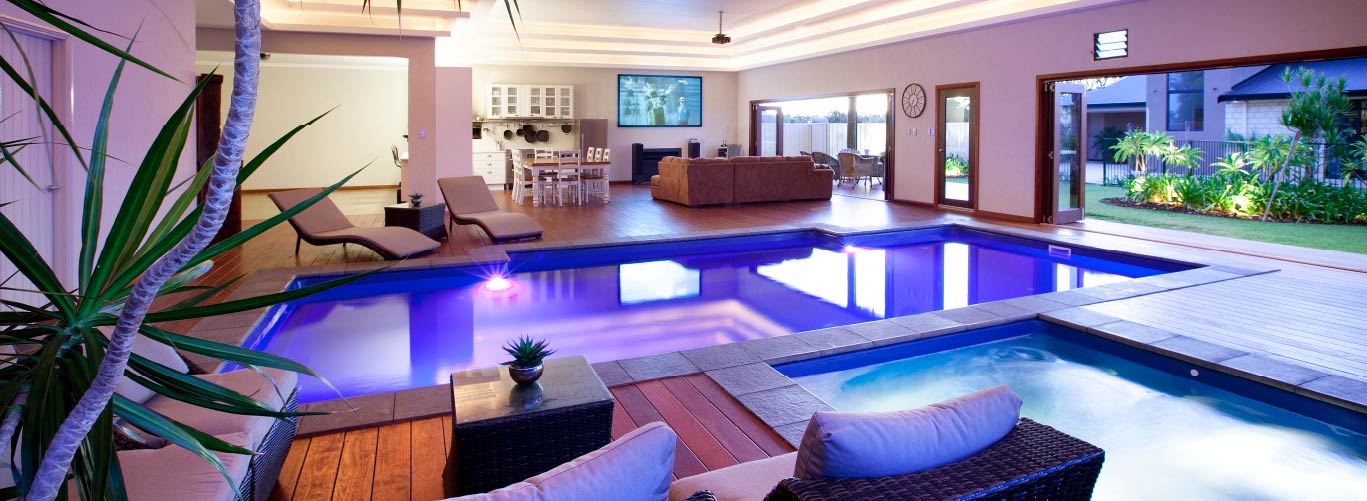
Repairing Pool Lights
Aboveground Pool Lights
For above ground pool lights, the process is relatively straightforward. Start by ensuring the power is switched off. Next, remove the light fixture from its mounting bracket. Replace the bulb and gasket if necessary, and reassemble the fixture. Test the light to ensure it works correctly before remounting it.
Underwater Pool Lights
Repairing underwater pool lights can be slightly more complex but manageable with the right steps. Firstly, ensure the power is off. Use a screwdriver to remove the screws holding the light fixture in place. Carefully bring the fixture to the surface without damaging the wiring. Replace the bulb and gasket, ensuring a tight seal. Reassemble the fixture, place it back into its niche, and secure the screws. Turn the power back on and test the light.
Replacing the Fixture
In some cases, the entire light fixture may need to be replaced. If the fixture shows extensive damage or corrosion, it’s best to replace it with a new one. Follow the manufacturer’s instructions for installation, ensuring all connections are watertight and secure.
Tips for Preventing Future Damage
Regular Maintenance
Regular maintenance is key to extending the lifespan of your pool lights. Schedule periodic checks to ensure all components are in good condition. Clean the lights to prevent algae and debris buildup, which can affect performance.
Proper Sealing
Ensure that all seals and gaskets are in good condition. Replace them as needed to prevent water from entering the light fixture. A well-sealed fixture is less likely to suffer from water damage and electrical issues.
Upgrading Technology
Consider upgrading to newer, more energy-efficient pool lights. LED lights, for example, have a longer lifespan and consume less power than traditional incandescent bulbs. Investing in modern technology can save you money on energy bills and reduce the frequency of repairs.
Functional pool lights are essential for safety and aesthetics. By understanding common reasons for malfunctions, conducting regular inspections, and following proper repair procedures, you can keep your pool area well-lit and inviting. Remember, regular maintenance and timely upgrades can prevent future damage and extend the lifespan of your pool lights.
How To Repair Pool Lights
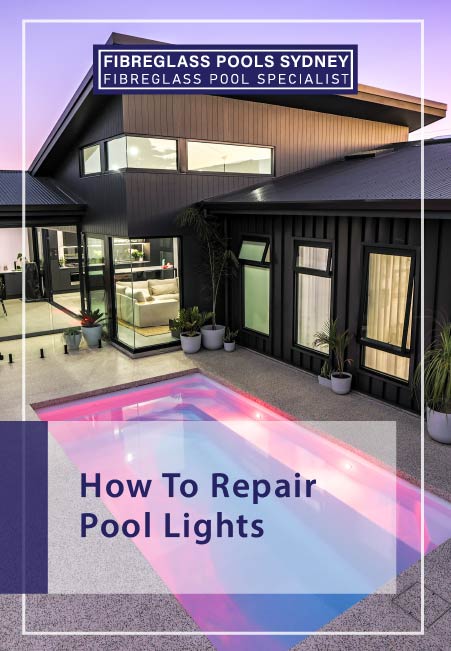
The Importance of Functional Pool Lights
Picture this: a warm summer evening, your family and friends gathered around, the calming glow of your pool lights reflecting off the water, creating a perfect ambiance. Pool lights enhance not only the safety of your pool area but also its aesthetic appeal. However, when these lights malfunction, it can turn your serene oasis into a dark, unsafe space. Ensuring that your pool lights are in perfect working condition is crucial for both safety and enjoyment. In this blog post, we’ll explore common reasons for pool light malfunctions, guide you through inspecting and diagnosing problems, and provide step-by-step instructions on repairing your pool lights.
Common Reasons for Pool Light Malfunction
Electrical Issues
One of the most frequent culprits behind pool light failure is electrical problems. These issues can range from a tripped circuit breaker to damaged wiring. Electrical components are sensitive to moisture, and any breach in sealing can cause short circuits or complete power loss to your pool lights. Regular checks on your electrical system can help identify issues before they become significant problems.
Water Damage
Water and electricity are a dangerous combination. Pool lights are designed to be water-resistant, but over time, their seals can deteriorate, allowing water to seep in. This can cause the light bulb to fail, corrode internal components, or even create a hazardous situation. Ensuring that your pool lights are properly sealed and maintained can prevent water damage and prolong their lifespan.
Age
Like all things, pool lights have a lifespan. Over time, the components inside your pool lights will wear out, leading to diminished performance or complete failure. Regularly updating or replacing older pool lights can save you from frequent repairs and ensure that your pool remains illuminated and safe.
Poor Installation
Another common issue that can lead to pool light malfunctions is improper installation. If the lights are not correctly fitted or are installed with inadequate sealing measures, they may be more susceptible to water ingress or electrical issues. Ensuring that the pool lights are installed according to the manufacturer’s guidelines and by a qualified professional can significantly reduce the risk of future malfunctions.
Bulb Burnout
Over time, light bulbs naturally lose their brightness and may eventually burn out. Continuous use, especially in conditions where the lights are frequently turned on and off, can accelerate this process. Regularly checking the status of the bulbs and replacing them as needed will help maintain proper illumination and prevent unexpected darkness during evening gatherings.
Contaminants and Debris
Accumulation of contaminants such as dirt, algae, or mineral deposits can also hinder the performance of pool lights. These substances can cloud the lens, reducing the amount of light emitted into the water and affecting the overall aesthetic. Keeping the pool area clean and ensuring that fixtures are regularly inspected for debris can help enhance visibility and prolong the life of the lighting system.

Inspecting and Diagnosing Pool Light Problems
Visual Inspection
Start with a simple visual inspection. Check for any visible signs of damage such as cracks or water inside the light fixture. Also, ensure that the light is securely mounted and that there are no loose wires or connections. A visual inspection can often reveal obvious issues that can be easily fixed.
Testing the Circuit
Safety first! Before testing the circuit, make sure to turn off the power to your pool lights at the breaker. Use a multimeter to check the voltage at the pool light’s wiring. If there’s no voltage, the problem might be with the circuit breaker or the wiring leading to the pool light. If you detect voltage, the issue is likely within the light fixture itself.
Checking the Bulb and Gasket
If the wiring seems intact, the next step is to check the light bulb and gasket. Carefully remove the light fixture from its niche and inspect the bulb for any signs of damage or burning out. Also, examine the gasket for wear and tear. A damaged gasket can allow water to enter the fixture, causing the bulb to fail.
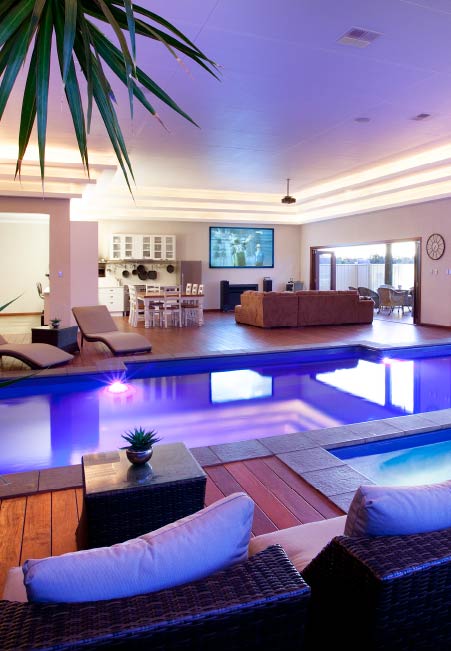
Repairing Pool Lights
Aboveground Pool Lights
For above ground pool lights, the process is relatively straightforward. Start by ensuring the power is switched off. Next, remove the light fixture from its mounting bracket. Replace the bulb and gasket if necessary, and reassemble the fixture. Test the light to ensure it works correctly before remounting it.
Underwater Pool Lights
Repairing underwater pool lights can be slightly more complex but manageable with the right steps. Firstly, ensure the power is off. Use a screwdriver to remove the screws holding the light fixture in place. Carefully bring the fixture to the surface without damaging the wiring. Replace the bulb and gasket, ensuring a tight seal. Reassemble the fixture, place it back into its niche, and secure the screws. Turn the power back on and test the light.
Replacing the Fixture
In some cases, the entire light fixture may need to be replaced. If the fixture shows extensive damage or corrosion, it’s best to replace it with a new one. Follow the manufacturer’s instructions for installation, ensuring all connections are watertight and secure.
Tips for Preventing Future Damage
Regular Maintenance
Regular maintenance is key to extending the lifespan of your pool lights. Schedule periodic checks to ensure all components are in good condition. Clean the lights to prevent algae and debris buildup, which can affect performance.
Proper Sealing
Ensure that all seals and gaskets are in good condition. Replace them as needed to prevent water from entering the light fixture. A well-sealed fixture is less likely to suffer from water damage and electrical issues.
Upgrading Technology
Consider upgrading to newer, more energy-efficient pool lights. LED lights, for example, have a longer lifespan and consume less power than traditional incandescent bulbs. Investing in modern technology can save you money on energy bills and reduce the frequency of repairs.
Functional pool lights are essential for safety and aesthetics. By understanding common reasons for malfunctions, conducting regular inspections, and following proper repair procedures, you can keep your pool area well-lit and inviting. Remember, regular maintenance and timely upgrades can prevent future damage and extend the lifespan of your pool lights.


